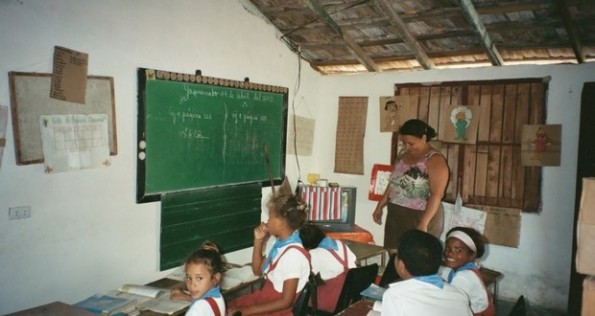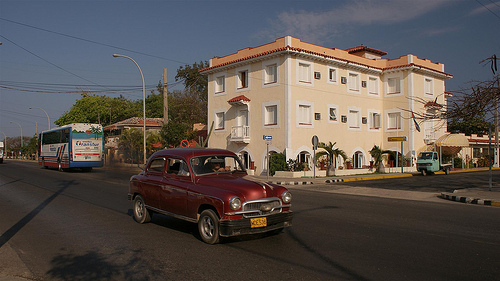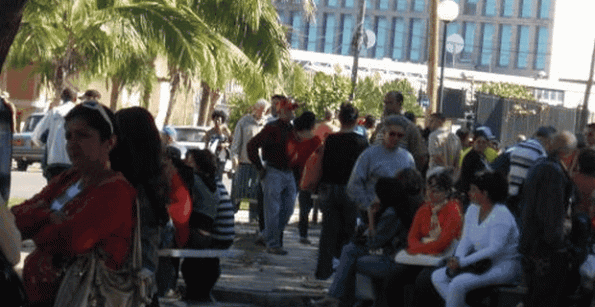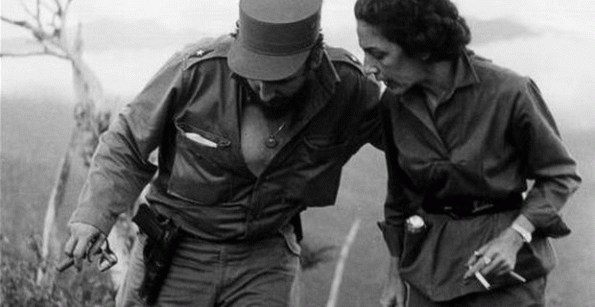 Autocrats and Commanders like the cinema. Fidel Castro tried to convince the US director Roger Donaldson to act his part in the film 13 Days, about the 1962 missile crisis.
Autocrats and Commanders like the cinema. Fidel Castro tried to convince the US director Roger Donaldson to act his part in the film 13 Days, about the 1962 missile crisis.
According to Castro’s security people who deserted to Florida, on his property of more than 40 houses, known as Zone 0, to the west of Havana, the only Comandante also had acres of land where they tried out new varieties of beans and vegetables, he had an ice cream factory, another for cheese and a private cinema.
Although he didn’t take matters as far as his North Korean opposite number Kim Jong-il, who, in 1978, gave an order to capture the South Korean movie director Shin Sang-ok to try and establish a movie industry which would reflect an artistic vision of the communist madhouse and the Juche ideology.
The dictator of Pyongyang treasured an archive of more than five thousand films. And he appears as the executive director in the credits of seven of them. We know that in the “command and control” countries art is the property of the state.
This means that the supreme leader can censor a work, approve the budget of a production which praises the regime, or send a dissident intellectual to the slammer.
When many cinema enthusiasts in Cuba assumed the grey chapter of socialist realism was closed, when movie posters only announced Soviet and East European films, these days in Havana they are showing North Korean films.
For the last two decades, 80% of the movies seen on television and in the cinemas have come from the States. That’s the positive part of the gringo embargo. Both the ICAIC and ICRT openly pirate American serials, films and documentaries without paying a cent for the author’s rights.
For the new generation of Cubans, the films they shoot in Pyongyang are a mystery. From 10th to 13th of September, the children’s cinema in Central Havana was the centre of an exhibition of North Korean movies. Not the first in the island. In the 60’s and 70’s they also presented crap there from the Asian country.
The first day, I couldn’t get in. It was invitation only. But I did notice a mob of functionaries and diplomats, dressed in grey tones with small pins of Kim Il-sung on their shirt lapels, looking after the invitees.
Who were not many. Fifty official journalists and ideologues from the Communist Party who, for reasons of protocol attended the premiere of a film in a bellicose style with little artistic merit.
The next day, entrance was open to everyone. It rained at intervals in Havana. At 5:00 in the afternoon they announced the showing of a movie about martial arts. At 8:00, another, about war, the favorite theme of North Korean cinema.
In spite of the fact that entry was 3 pesos (15 cents), people weren’t too enthusiastic. They looked sideways at the poster and asked which Korea the movie was from. When they realized it was from the north, they walked on.
At the entrance, a group of bored pensioners waited for the start of the performance. Two passing peanut and popcorn vendors moved on somewhere else as a result of poor sales.
The woman selling the tickets looked me up and down when I bought two. I told her I was thinking of watching both films showing that day. “I don’t think you have the stomach to watch all the way through both of them”, she predicted.
I have watched dozens of soporific movies from the former Soviet Union and the old East European countries, but the North Korean one topped the list: it was an artistic genocide.
At my side sat a scrawny North Korean diplomat who had forgotten to use deodorant. It seemed that his role was to assess the level of acceptance of the exhibition on the part of the people of Havana.
The man look shocked when people walked out in the middle. Me with them.
by Iván García
Photo: Scene on Wolmi Island, a war movie projected at the premiere of the exhibition of North Korean cinema in Havana. Shot in 1982, lasting 92 minutes and, in North Korea it is forbidden for kids of under 16. It is based on what took place on the Island of Wolmi in September 1950. In order to respond to the general counter-attack of the Korean popular army, the US army tries to land on Inchon Beach in the Yellow Sea. The Wolmi Island soldiers resist for 3 days in the face of 50 thousand soldiers and 500 ships led by Gen. MacArthur. It also shows the role played by the Korean women in the war. It is the star movie of the Pyongyang regime and, in spite of having been shot 31 years ago, it features in the North Korean film weeks in other countries, like in 2010 in London. Taken from the website Movie Firearms Database.
Translated by GH
19 September 2013














